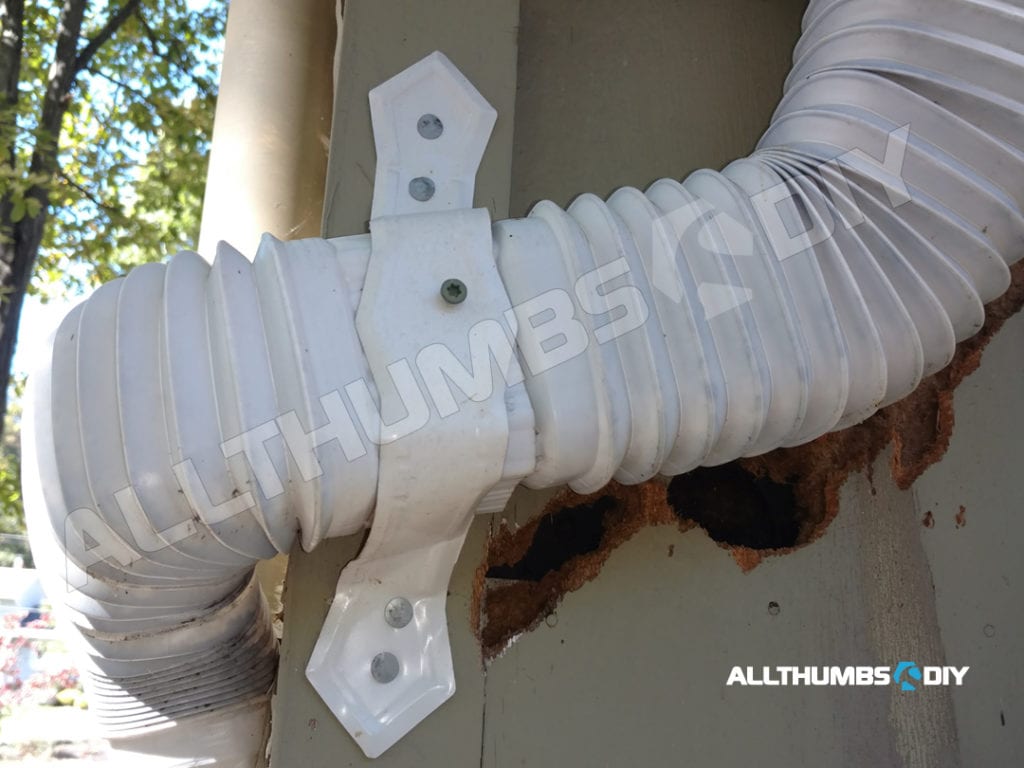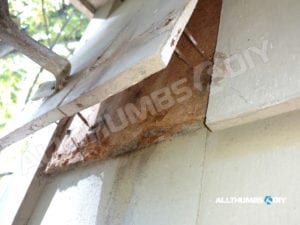
Before implementing different methods to solve my woodpecker problems, I first need to make siding repairs to all the damage my lovely woodpeckers caused.
In order to minimize the possibly of them returning to the same spot, I came up with what I think is a solid solution using asphalt roofing tiles.
Required Materials
- Bundle of Western Cedar Siding (like this one)
- Bundle of asphalt siding (you need to buy this locally as it is too heavy to purchase online; any brand is fine as long as it has a decent amount of granules)(
- 2-3 caulking tubes (I prefer the transparent ones like this one but you can also match it to your siding color)
- Siding nails
Required Tools
- Ladder (make sure to use a ladder cleat if setting the ladder on a smooth surface like a deck)
- Utility knife
- Flat crow bar – Stanley Wonderbar 12-3/4″ (Click here for the latest price)
- Flat crow bar – Stanley Wonderbar 15″ (Click here for the latest price)
- Hammer (Click here for the latest price)
Repair Steps
- Gently pry nails off from the siding directly above the damaged siding;
- You want to use this damaged siding as a template for the new siding so carefully wiggle it side-to-side in small increments to minimize breaking it
- Once 5-6 siding nails are removed (usually 2-3 nails per shingle which means the shingle just above what you are working on has 2-3 nails. These nails secure both shingles), then proceed to remove nails from the damaged siding
- Use the damaged siding as a template against the new siding; trim off the excess on the new siding using a sharp utility knife;
- Use the damaged siding as a template against the roofing tab; trim off the excess on the roofing tab;
- If there are damages to underlayment, either repair or replace it; in my case, I used clear caulking to fill in the holes
- Carefully slide the roofing tab into place, making sure that granular (stone) side is facing you (this is important to ensure that if a woodpecker starts to peck again, it’s beak will hit against the stones)
- Place the new cedar siding in place (roofing tile is thin enough so that new cedar shingle will not protrude when compared to existing shingles)
- Nail in the siding directly above the damaged siding
- Nail in the replacement siding
By using roofing tabs, I am looking to change the drumming sound to make it less appealing to woodpeckers. If a woodpecker chooses to return and peck the same area, I am hoping that it would encounter the unpleasant stones.
Final Words
*** UPDATE 2016-11-14 *** I am happy to report that my woodpeckers have NOT attacked the same spot with asphalt roofing tiles
I hope you found this article to be useful and if you agree, may I ask for a small favor and ask you to sign up for my newsletter? The sign up form is found on the upper right screen. I promise it will be spam free.
Thanks and good luck with your woodpecker(s)!



